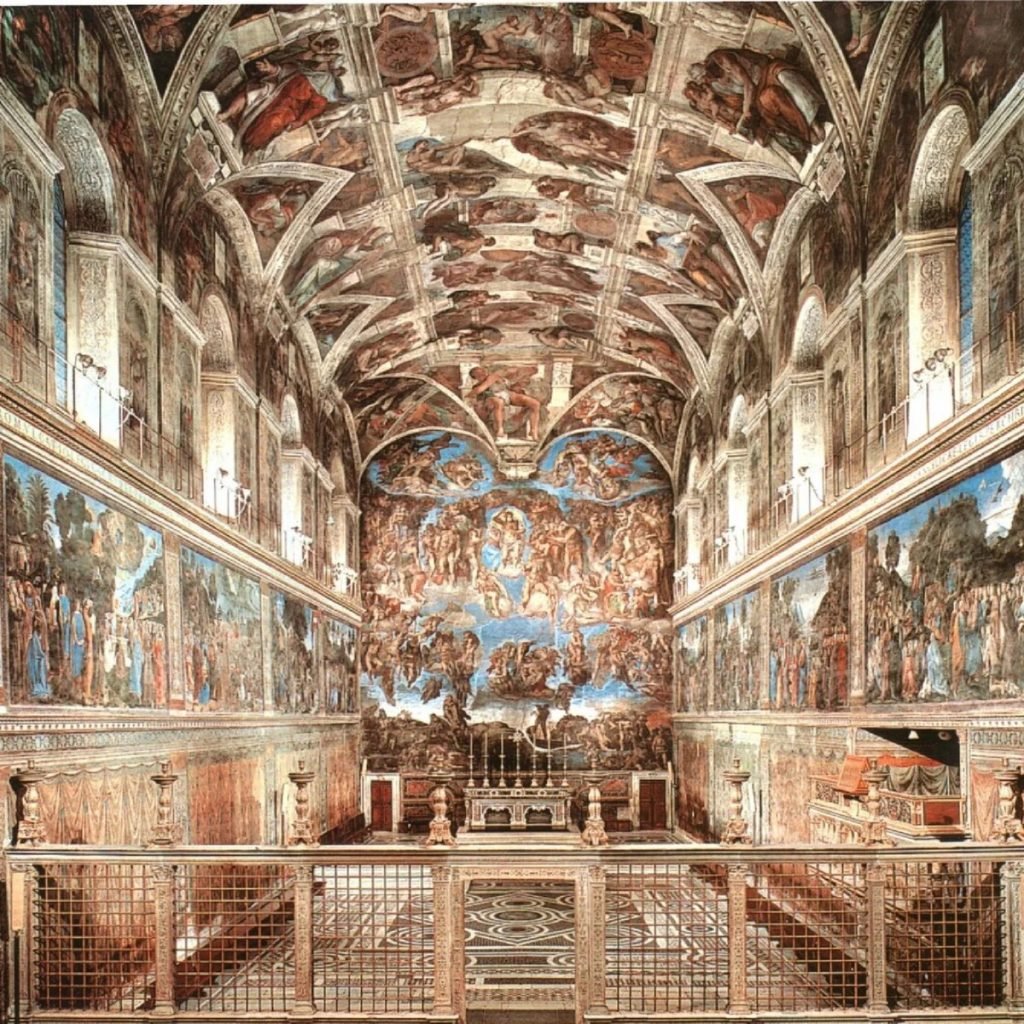Wide format printing, cavemen and Sistine Chapel
We associate wide format printing with large banners, light advertising and advertising stands. It is hard to imagine contemporary city without this – this is like fruit shelves in the shop without fruits.
How did our ancestry managed without modern technologies?
Wide printing in primeval times
Even then, when the only shelter was cave, people wanted to portray something big. Our ancestors were not that primitive. In late Paleolithic they were able to make statues, engrave in stone and bone and make art on cave walls.
For example, Lasko cave was found quite accidentally – four pupils did tell about it to their teacher in 1940. Lasko is a significant monument of Paleolithic art. Drawings and engravings on walls did emerge 18-15 thousand years BC.
Lasko is not an usual cave, it is a cave complex, where two thousand different drawings are found. They are not drawn by boredom. Everything made by man is information.
Wide format printing before Renaissance
As humanity developed, new materials and techniques are developed. But even then it was hard to make big artworks.
No one is trying to paint on ceilings and walls in his home.
But it is serious and honorable task to paint on walls and ceilings in the home of God. As religion was an important part of life these days, then most of great and skillful artworks are found on walls in churches. Sistine Chapel is an excellent example of wide format.

Pictures drawn with paints and brushes were used to advertise taverns and shops in these days, but they are not survive to nowadays. Another matter is masterpieces – we can see big part of them.
